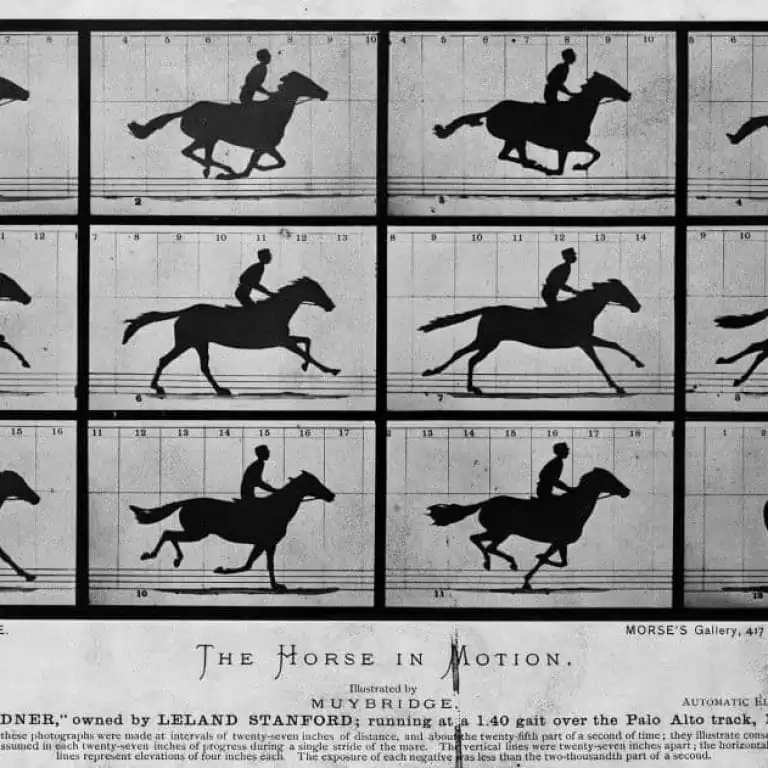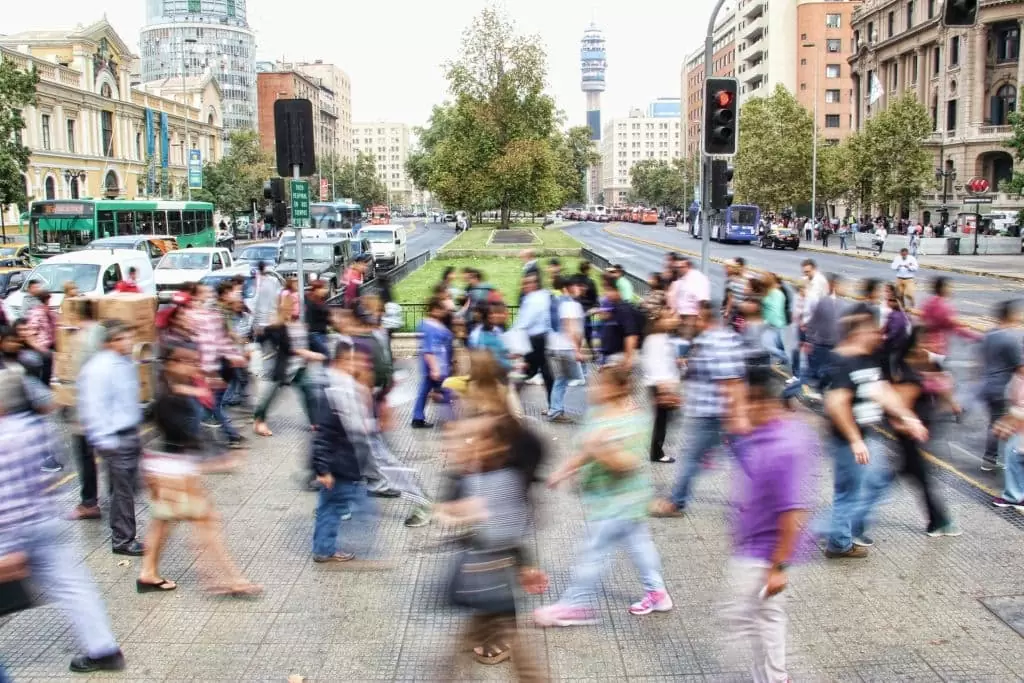
News The History of Time-Lapse Photography
There’s no denying that time-lapse photography is becoming an increasingly popular art from, utilised by everyone from nature documentary filmmakers to companies looking for a new advertising technique that best shows off their work. Thanks to a plethora of new apps, it’s even possible for amateurs to have a go at creating their own very basic video sequences. However, just because most video-sharing sites are littered with examples of time-lapse photography, it doesn’t in any way mean that this is a new art form currently enjoying an exciting new moment in the spotlight. Far from it: time-lapse photography has in fact been around for many years, and is used for a variety of purposes, whether to create art or to act as a document.
If you know anything about the technique, beyond the footage of flowers blooming and celestial movements, you might be aware that time-lapse photography creates this ‘sped up’ effect by capturing events at a much lower frame rate than that at which they are later played back. Hence, the effect is created of events occurring at a much faster rate than they actually occurred. For the first time, this has helped us see properly many phenomena that would otherwise take place over such a long period of time that the intricacies would be lost on the human eye.
A flower growing or butterfly emerging from a chrysalis, for example, may now be fairly old hat. Indeed, most of us will have been treated to the sight when watching any number of nature documentaries. But when this was first seen, it obviously helped us to get an in-depth insight into a process that beforehand had been vaguely mysterious.

In light of this, you might be surprised to hear how early time-lapse photography was invented. In various forms it actually dates back as far as the 1870s, when a photographer by the name of Eadweard Muybridge captured a galloping horse.
With that, minds were blown and a new form of photography was born. Following this, one of the first times the form was used in a feature film was by Georges Méliès in his film, Carrefour De L’Opara, in 1897. Despite this, it is the naturalist and documentary filmmaker Frank Percy Smith who is often cited as being a pioneer of the technique. Smith used time-lapse photography to record the natural events he was surrounded by, using the form for educational purposes that helped to elucidate the minutiae of spectacles that occur in the natural world. This penchant for recording nature and natural phenomena was also furthered by the work of Jean Comandon and Pathe Frères, working as early as 1909.
Despite all of these early examples of the use of lapse-time photography, the man who can be credited for the development of the form and its current popularity and modern use is in fact a banker, named Dr. John Ott, working in the 1930s. Fascinated by the form, he started to build and create his own time-lapse equipment, which he predominantly used to film nature and the plants growing in his own greenhouses. Ott’s fascination with the form grew until he began to manipulate the way in which these plants grew in order to get better effects on film. He even discovered a way to put the recorded video to music. Much of Ott’s work went on to be used in the mainstream, with Walt Disney featuring it in one of his documentaries, and Ott himself wrote a number of books on the subject.
Following on from Ott’s work, the Oxford Scientific Film Institute have been behind much of the development of time-lapse photography. The institute has developed new equipment and systems, including cameras capable of moving through tiny spaces in order to capture footage, which has obviously opened up the possibilities of the use of time-lapse photography even further.
Since those early days of galloping horses time-lapse photography has found a home in any number of documentaries, films, adverts and so on. In addition to the sight of clouds passing, traffic flowing, or cityscapes, the real beauty of this photography technique is the perspective it has allowed us to see. Ott’s work in the 1930s was revolutionary and helped to show people how plants developed and blossomed over time. His work even demonstrated how different factors, such as the amount of water and light plants receive, can affect factors including their production of fruit or flowers. Nowadays, the subjects are just as extraordinary. For example, it is thanks to time-lapse, that we have been able to see the damage caused to the environment by pollution. What can take place over years, at a process too slow to be appreciated by the naked eye is suddenly sped up and shown to full effect.
It can result in some stunning visual footage, such as the sight of the dynamics of movement and light in cityscapes. Cameras can capture everything from the pedestrians passing in the streets to the clouds scudding over famous skylines. From a purely artistic and visual standpoint, the results can be breathtaking. The same can be said for filming the changing faces of landscapes: something that is otherwise difficult to fully appreciate in real time.

Time-lapse photography has also been instrumental in allowing us to see some of the most influential structures and buildings being constructed. The full stories of construction can only be properly seen when the entire process, from start to completion is time-lapsed. What you’re seeing when you watch one of those videos is effectively a piece of history being made.
But what might be the most exciting and groundbreaking use of time-lapse photography to date has got to be the footage of the Earth’s rotation, with a camera attached to a satellite. Such footage goes to show just how far the form has evolved since those first images of that galloping horse.